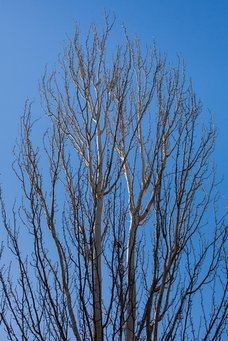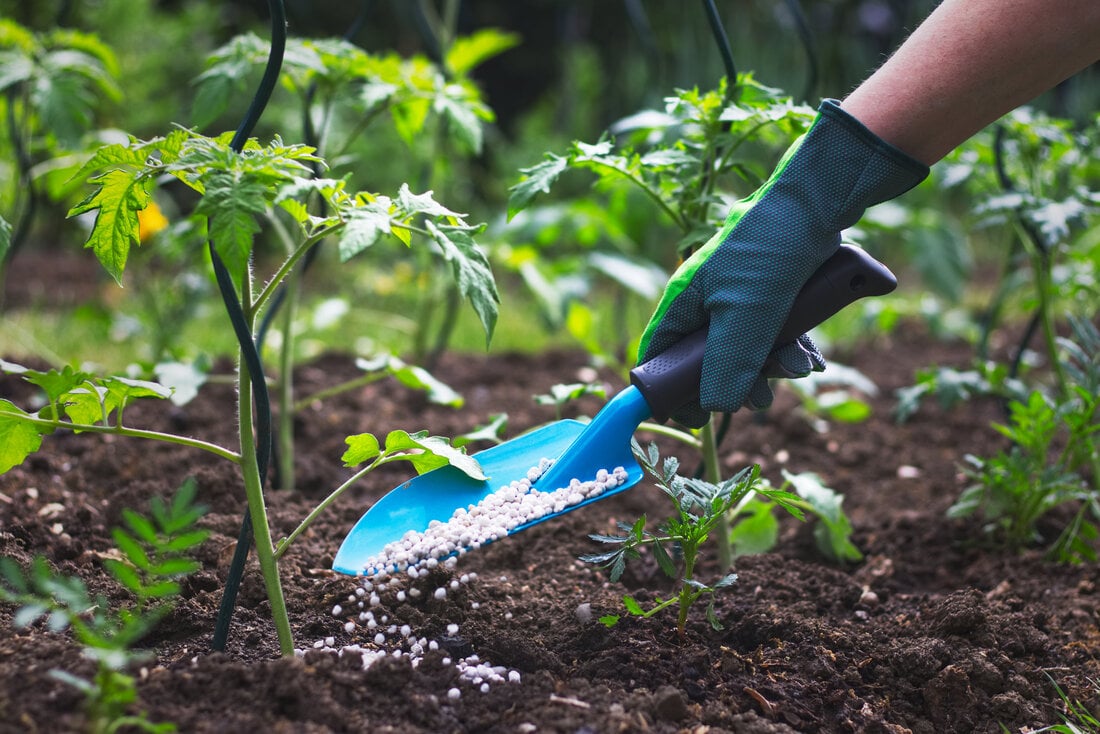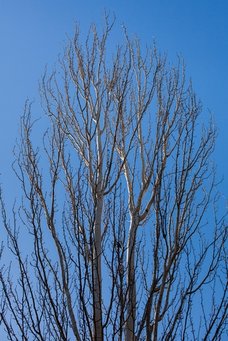Each summer we wait eagerly for the buds on our trees to emerge. But it’s right around this time – late June – when we look at our stragglers and wonder why they might not be showing anything. Not having buds on trees is a problem we encounter frequently – and one we’ll tackle today. Let’s jump right in!
Reasons why it might be happening...

-Some trees are simply late bloomers and will wait until well into the summer to show their foliage. Some species of trees simply don’t produce buds until well into the warmer months. All that’s required here is a little patience on your part.
-Some plants are supremely adapted to their environment. Especially with older trees – certain species not only know the growth patterns of the seasons – but they can also recognize false flags. That means that they can tell when the weather’s playing tricks on them. Again – in this case – all that’s required of you is a little patience.
- Structural issue often lay at the heart of bud-less trees. Sometimes it can be poor soil, but more often than not –
it’s the result of a restricted root system that prevents it from gaining the kind of energy it’s going to take in order for it to grow properly.
- The other big culprit can be damaged bark. If certain areas of a tree are damaged, they can lead to the tree overcompensating with regards to its nutrient distribution. If you have a tree that refuses to bloom – then check the bark.
- The final culprit tends to be
tree infestation – of which you’ll have to move quickly against if you want to prevent dieback. Inspect your tree for tiny holes in the bark, streaking under the bark or anything that looks a bit like an oozing canker sore. If you see something worrisome, call a
certified arborist.
If you notice anything unusual about your trees, then it’s a good idea to call a pro in. Most bud-less trees are a symptom of well, nothing at all, really. Sometimes it just takes you waiting for the inevitable. But in situations where infestation or damaged root structure is concerned, you should really call a pro and get on the situation as quickly as possible before it spawns a problem that’s more serious. Also, connect with us if you want to know about
how to care for hemlock trees.



